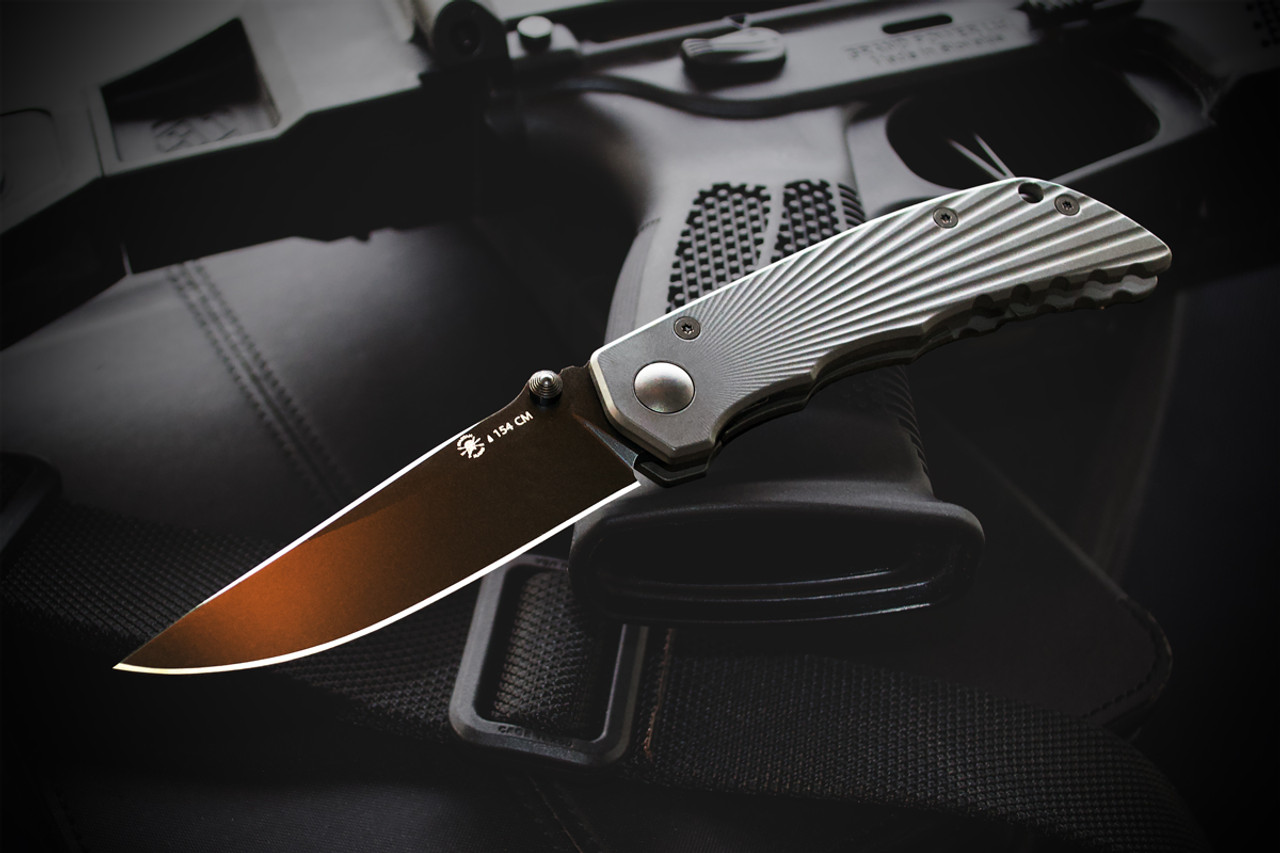In the bustling environment of a professional kitchen, the reliability of your tools is paramount. Among the most essential tools are knives, and understanding the potential knife lock failure risks is crucial for ensuring safety and efficiency. A knife lock failure can lead to serious injuries, disrupt service, and compromise the integrity of your kitchen operations. In this article, we will delve into the mechanics of knife locks, explore common failure risks, and provide insights on how to mitigate these risks effectively.

The Importance of Reliable Knife Locks
Knife locks are designed to keep the blade securely in place during use, preventing accidental closures that could result in injury. In a professional kitchen, where speed and precision are key, a reliable knife lock can make a significant difference in performance. However, when these locks fail, the consequences can be dire. Understanding the mechanics behind knife locks and their potential failure points is essential for any kitchen professional.
Common Causes of Knife Lock Failure
There are several factors that can contribute to knife lock failure risks. These include:
- Material Fatigue: Over time, the materials used in knife locks can become worn, leading to weakened mechanisms that are prone to failure. Regular inspection and maintenance are crucial to identify signs of wear before they result in a failure.
- Improper Use: Using a knife for tasks it's not designed for can put undue stress on the lock, increasing the likelihood of failure. Always ensure that knives are used appropriately and within their intended purpose.
- Manufacturing Defects: Occasionally, a knife may leave the factory with a defect in the lock mechanism. Purchasing knives from reputable manufacturers and conducting initial inspections can help mitigate this risk.
Mitigating Knife Lock Failure Risks
To reduce the potential for knife lock failures, kitchen professionals should adopt several best practices:
- Regular Maintenance: Regularly clean and lubricate knife locks to ensure smooth operation. Inspect locks for signs of wear or damage and address any issues promptly.
- Proper Storage: Store knives in a manner that does not put stress on the lock mechanism. Consider using knife blocks or magnetic strips that allow for easy access without compromising the lock.
- Training and Awareness: Ensure all kitchen staff are trained in the proper use and maintenance of knives. Awareness of potential knife lock failure risks can help prevent accidents before they occur.
For more insights on testing knife lock strength and ensuring your tools are up to the task, visit our comprehensive guides.
Exploring Types of Knife Locks
Understanding the different types of knife locks can help kitchen professionals choose tools that best meet their needs and minimize failure risks. Some common types of knife locks include:
- Liner Locks: A popular choice for folding knives, liner locks are simple and effective. However, they can be prone to wear over time, especially with heavy use.
- Frame Locks: Similar to liner locks, frame locks offer increased strength by utilizing a portion of the handle for locking. This type is typically more robust but can also be heavier.
- Back Locks: Known for their reliability, back locks use a rocker arm to secure the blade. While generally durable, they can be more challenging to operate quickly.
For a deeper dive into the advantages and disadvantages of various knife types, check out this comprehensive guide.
Case Studies: Real-Life Knife Lock Failures
Examining real-life scenarios where knife lock failures have occurred can provide valuable lessons for kitchen professionals. By understanding the circumstances and outcomes of these incidents, chefs can better prepare themselves to prevent similar occurrences in their own kitchens.
One case involved a high-end restaurant where a chef experienced a lock failure during a busy dinner service. The incident resulted in a severe hand injury, highlighting the importance of regular maintenance and proper training. Another example involved a manufacturing defect that led to a recall of several knife models. These cases underscore the critical role of vigilance and quality assurance in preventing knife lock failure risks.
Final Thoughts on Knife Safety
In conclusion, understanding and addressing the potential knife lock failure risks is essential for maintaining a safe and efficient kitchen environment. By prioritizing regular maintenance, proper training, and awareness of potential risks, kitchen professionals can ensure their tools remain reliable and effective. For more information on related topics, such as deployment speed in folding knives and blade centering issues, visit our blog.

Frequently Asked Questions
What are the signs of a failing knife lock?
Signs of a failing knife lock include difficulty in locking or unlocking the blade, unusual looseness or play in the mechanism, and visible wear or damage. Regularly inspecting your knives for these signs can help prevent accidents.
How often should knife locks be maintained?
Knife locks should be maintained regularly, with cleaning and lubrication recommended at least once a month, or more frequently in high-use environments. Regular maintenance can extend the life of the lock and enhance safety.
Are some knife locks more reliable than others?
Yes, some knife locks are generally more reliable than others. For instance, back locks are known for their durability, while frame locks offer robustness. Choosing the right lock type depends on your specific needs and usage patterns.
This article contains affiliate links. We may earn a commission at no extra cost to you.


























